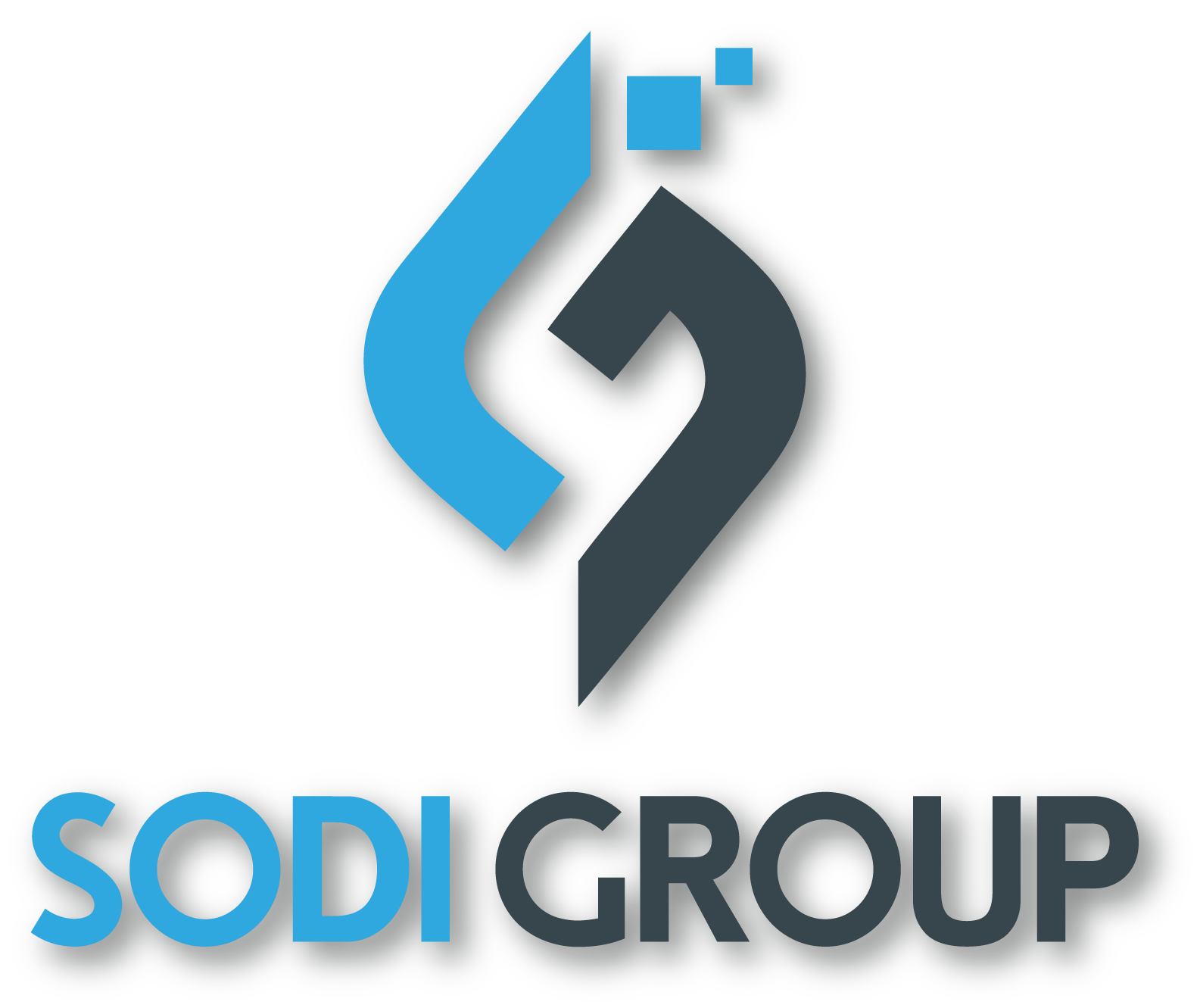In 2017, the trucking industry in the United States and globally faced a landscape shaped by evolving regulations, technological advancements, economic factors, and shifting consumer behaviors. These factors collectively influenced perspectives and strategies within the trucking sector:
Regulatory Landscape
- Electronic Logging Devices (ELDs): The implementation of the ELD mandate in December 2017 required commercial truck drivers to use electronic devices to track their hours of service (HOS) digitally. This regulation aimed to improve road safety by reducing driver fatigue and ensuring compliance with HOS regulations.
- Environmental Regulations: Ongoing efforts to reduce emissions and improve environmental sustainability continued to shape regulatory frameworks. Truck manufacturers and fleet operators navigated compliance with emissions standards while exploring technologies such as alternative fuels and electric vehicles (EVs).
- Safety and Compliance: The focus on safety remained paramount, with regulatory bodies and industry stakeholders collaborating to enhance training programs, implement stricter safety measures, and address emerging safety concerns such as distracted driving and driver health.
Technological Advancements
- Telematics and Connectivity: The integration of telematics systems and IoT (Internet of Things) technologies expanded, enabling real-time monitoring of vehicle performance, driver behavior, and cargo conditions. These systems promoted efficiency, safety improvements, and predictive maintenance practices.
- Autonomous and Semi-Autonomous Technologies: Research and development in autonomous trucking advanced, with pilot programs and tests conducted to assess the feasibility and safety of autonomous vehicles in freight transportation. Semi-autonomous features, such as adaptive cruise control and lane departure warnings, gained traction.
- Data Analytics and Optimization: Trucking companies increasingly leveraged big data analytics to optimize route planning, fleet management, and logistics operations. Predictive analytics helped forecast demand, manage inventory levels, and improve overall supply chain efficiency.
Economic Factors
- Fuel Prices and Operational Costs: Fluctuations in fuel prices and operational costs influenced profitability and pricing strategies within the trucking industry. Companies sought efficiency gains through route optimization, fuel-efficient technologies, and strategic partnerships.
- Labor Market Dynamics: The trucking industry faced challenges in recruiting and retaining qualified drivers. Demographic shifts, an aging workforce, and regulatory changes impacted labor availability, prompting industry stakeholders to explore initiatives to attract new talent and improve retention rates.
Consumer and Market Trends
- E-commerce Growth: The rapid expansion of e-commerce continued to reshape logistics and freight transportation patterns. Increased demand for last-mile delivery services and faster fulfillment capabilities prompted adjustments in supply chain strategies and logistics networks.
- Supply Chain Resilience: The importance of supply chain resilience gained prominence, driven by natural disasters, geopolitical uncertainties, and disruptions like the COVID-19 pandemic. Companies focused on diversifying supply chain networks, enhancing flexibility, and adopting agile logistics strategies.
- Sustainability Initiatives: Stakeholders across the trucking industry pursued sustainability initiatives, including fuel efficiency improvements, emissions reductions, and eco-friendly fleet management practices. These efforts aligned with corporate social responsibility goals and responded to consumer preferences for environmentally responsible transportation solutions.
In summary, the trucking industry in 2017 navigated a complex landscape shaped by regulatory changes, technological innovations, economic dynamics, and evolving consumer expectations. Stakeholders adapted to these challenges and opportunities through strategic investments in technology, compliance with regulatory requirements, and initiatives aimed at enhancing efficiency, safety, and sustainability across the supply chain.
Our Facebook: https://www.facebook.com/profile.php?id=61557971291576
For more posts: https://sodi.com.vn/


8 Comments
ריהוט גן
ריהוט גן
Joy
Allow me share this isn’t any kind of marketing post.
This is just a genuine personal story that I felt to share because it
might help someone. In case you’re battling with
gambling or even noticing things getting out of hand, don’t scroll away just yet.
I became someone who thought occasional gambling couldn’t hurt.
Initially, it felt like harmless fun—a couple of online slots—nothing serious.
Eventually, it got worse.
Suddenly, I was gambling daily. Occasionally, I won, but they just made it more
addictive. I kept running after that high.
On a particularly bad weekend, I blew through nearly [insert loss amount here, e.g., “$2,000”]
in less than two days. That was rent money. And still, I couldn’t stop.
What’s worse is how I started hiding things—from my partner.
I was embarrassed, and yet I felt trapped. If that sounds familiar, you know what I
mean.
Then I came across a particular article—and no, I’m
not going to name it here to advertise—but it made me stop
and really think. I’m not trying to convince you that it’s a one-size-fits-all answer, but it made me see what I was doing I was in.
The article didn’t try to sell me anything. It just laid out the
truth in a way I’d never seen before. It explained how
gambling is more than just a bad hobby, and how everything about it is built to make you lose.
Reading that article, I accepted that I had a
problem. And more importantly, that I could
stop. It gave me tools that helped me take the hardest step towards quitting.
Since then, I’ve deleted every betting app I ever had.
I’ve started being honest again. It’s not easy. I still get the
itch. But I’m staying strong.
If any of this sounds like your life, then go find that piece.
{
Also visit my homepage; https://www.lja.mx/2025/07/cuanto-puedes-ganar-con-el-pin-up-casino-bono-en-mexico/
Christi
Me encantó este contenido sobre las casino tragamonedas más
destacadas en Pin-Up México. Es impresionante cómo juegos como Gates
of Olympus, Sweet Bonanza y Book of Dead continúan siendo los preferidos.
Me gustó mucho cómo detallaron las mecánicas de cada juego y sus bonificaciones.
Recomiendo leer el artículo completo si quieres descubrir
qué juegos están marcando tendencia en Pin Up Casino.
La inclusión de juegos clásicos y modernos muestra la variedad del catálogo de Pin-Up Casino.
Te recomiendo visitar el post original para conocer las
tragamonedas más populares de 2025 en Pin-Up
Casino.
My homepage – website
Charmain
Interesantísima guía sobre los juegos de casino online más populares en Pin Up
México. Me sorprendió ver cómo títulos como Gates of Olympus y Sweet Bonanza siguen dominando entre los jugadores mexicanos.
La información sobre los multiplicadores, rondas de bonificación y pagos en cascada fue muy útil.
Recomiendo leer el artículo completo si quieres descubrir qué juegos están marcando
tendencia en Pin Up Casino.
Se agradece ver una mezcla entre títulos nostálgicos y nuevas
propuestas en el mercado mexicano de apuestas.
Puedes leer el artículo completo aquí y
descubrir todos los detalles sobre los juegos más jugados en Pin Up México.
my blog: opinion
Jeanette
I am extremely impressed with your writing skills and also with the layout on your weblog.
Is this a paid theme or did you modify it yourself?
Anyway keep up the excellent quality writing, it is rare
to see a nice blog like this one today.
My webpage … コスプレ
Louie
Charleston Car Accident Lawyer: Your Advocate After a Crash
Car accidents can change your life in an instant—leaving you with
physical injuries, emotional trauma, and overwhelming financial burdens.
If you’ve been injured in a car wreck in Charleston, South Carolina, you don’t have to face the aftermath alone.
A skilled Charleston car accident lawyer can help you fight for the
compensation you deserve and guide you through every step of the legal process.
Why Hire a Charleston Car Accident Attorney?
Whether it was a minor fender-bender or a catastrophic collision, dealing with insurance companies can be
exhausting. They may try to minimize your claim or deny it altogether.
A knowledgeable personal injury attorney in Charleston will:
Investigate the accident scene
Gather evidence such as traffic cam footage and witness statements
Handle all communication with insurance adjusters
Calculate damages for medical bills, lost wages, pain and suffering, and more
Represent you in court if a fair settlement cannot be reached
I’ve been browsing online more than three hours today, yet I never found any interesting
article like yours. It’s pretty worth enough for me.
Personally, if all webmasters and bloggers made good content as you
did, the internet will be much more useful than ever before.
What Makes Charleston Unique for Car Accident Claims?
Charleston’s historic roads and growing population lead to a unique mix of traffic challenges.
From the Ravenel Bridge to busy intersections downtown, collisions
happen every day. South Carolina law allows injured victims
to pursue compensation—but strict deadlines apply. This is why
hiring a local car accident lawyer with experience
in Charleston’s courts is critical.
I could not resist commenting. Perfectly written!
Common Injuries from Car Accidents
Auto accidents can cause both visible and invisible injuries,
such as:
Whiplash and neck trauma
Concussions or traumatic brain injuries
(TBI)
Broken bones
Back and spinal cord injuries
Emotional distress or PTSD
Even if your injuries seem minor, it’s important to seek medical attention and consult
a legal professional. A Charleston car accident attorney will work to ensure
every aspect of your recovery is accounted for.
I will right away grasp your rss feed as I can’t in finding your email subscription link or e-newsletter service.
Do you have any? Kindly permit me know so that I may subscribe.
Thanks.
Contact a Trusted Charleston Car Accident Lawyer Today
If you or a loved one has been involved in a car accident in Charleston,
don’t wait. Reach out to a qualified personal injury attorney today to schedule a free consultation. Many car accident lawyers work on a contingency fee
basis—meaning you pay nothing unless they win your case.
Let a local legal team take the pressure off
your shoulders and fight for the justice you deserve.
My site – Charleston Personal Injury Lawyer
Rodney
Very good blog post. I definitely appreciate this website.
Keep writing!
my website … phim sex hiếp dâm học sinh
365jlcasino
That’s a great point about blending tradition with new tech! It’s cool to see platforms like 365jl casino com really embracing cultural heritage – especially in gaming. Makes the experience so much richer, don’t you think? It’s more than just play!
Leave a reply